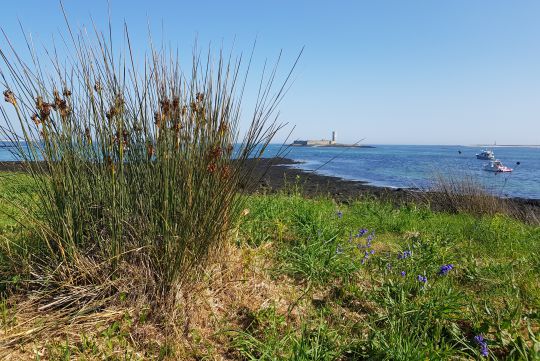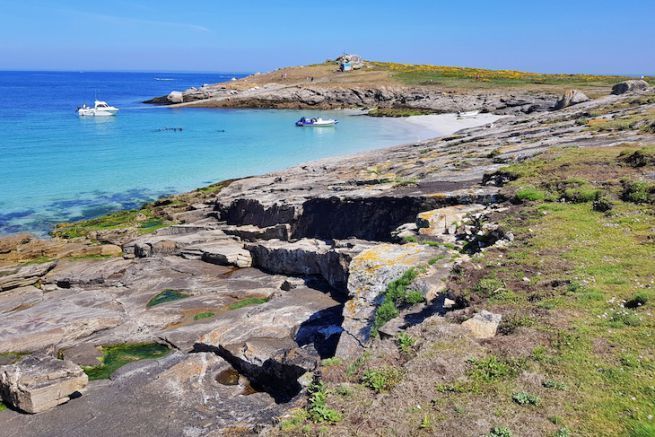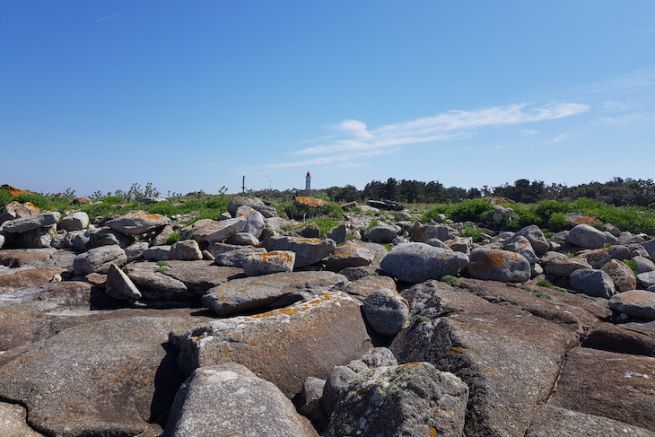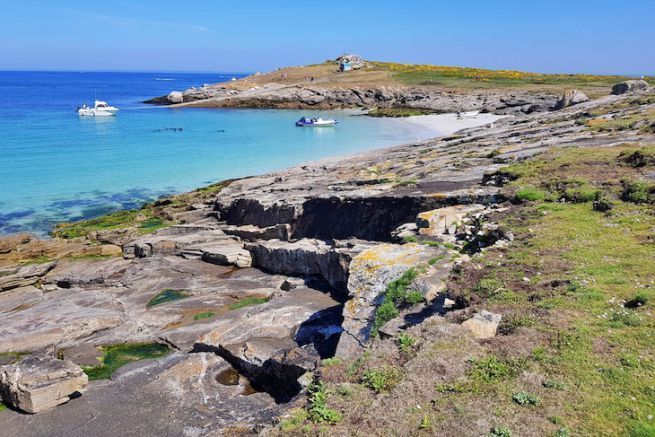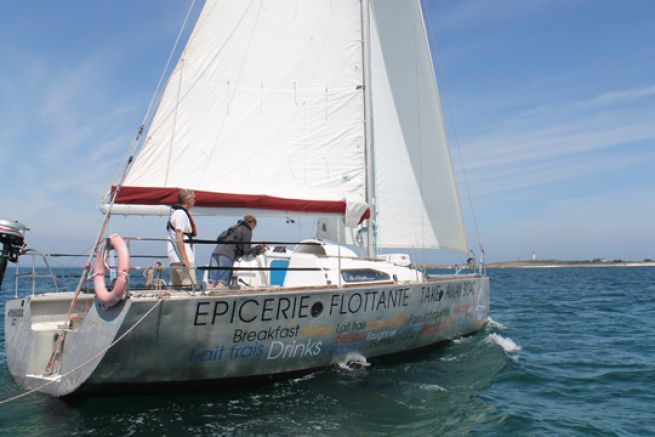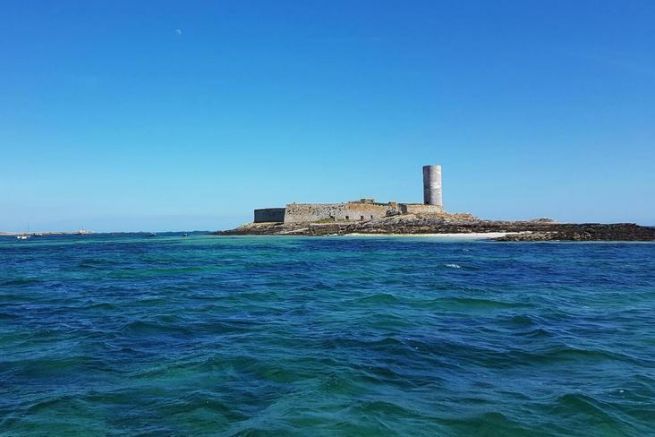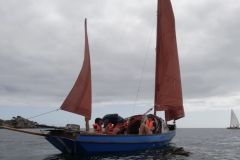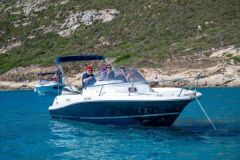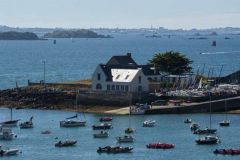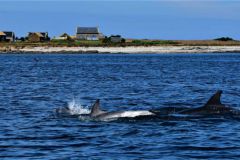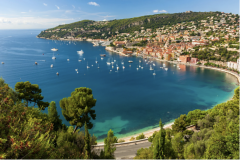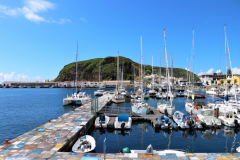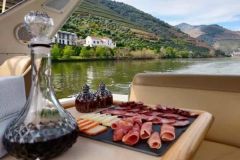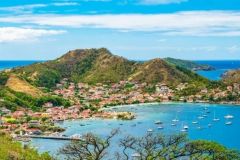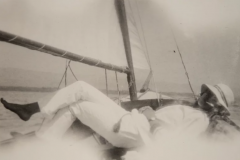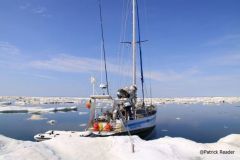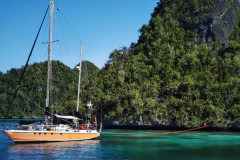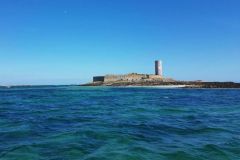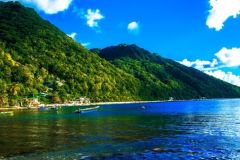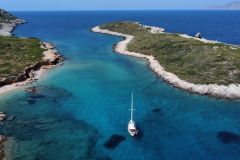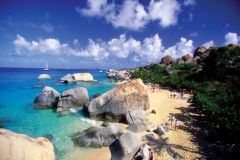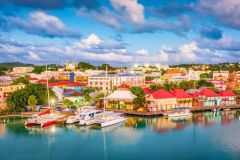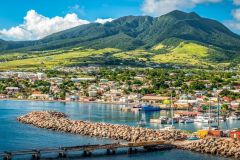Main islands and paradise islets
The Glénan archipelago is located south of Fouesnant in Finistère, Brittany. It is composed of several main islands and a few islets, most of them completely deserted. If we know the Glénan for its more than famous sailing school established since 1947 - Les Glénans (with an s!), it is also its little Caribbean air that makes its reputation.
With its lagoon-colored water and white sandy beaches, the archipelago is sure to attract visitors. Located only a few dozen miles from Concarneau, Tahiti Breton is a true haven of peace with a taste of paradise on earth.

Finistere Islands
Saint-Nicolas, the heart of life in the Glénan
The main island of Les Glénan is Saint-Nicolas, accessible only by sea. Don't panic, if you are not a sailor, shuttles are available from the mainland and back. From Bénodet, Concarneau, Loctudy, Port-La-Forêt, Fouesnant, embark for a day cruise.
In the Glénan, it is forbidden to camp, but you can spend the night at the Sextant, the sea lodging of the island Saint-Nicolas. In summer, you can also enjoy its restaurant or its diving center. You can also hike on the coastal path and walk around the island for 1 km. Although the island is small, you can observe the archipelago and relax on beautiful beaches. You can also taste shellfish at Castric, an institution since 1968.
At low tide, the Tombolo - a tongue of sand that leads to the island of Bananec - is discovered.
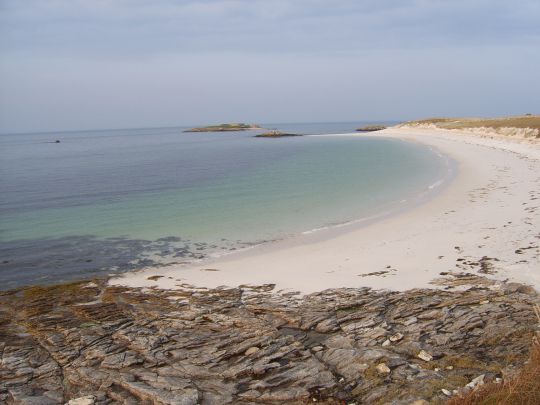
Many other islands
To the east is the island of Penfret, which houses the lighthouse of the same name, an old semaphore and the buildings of the world-renowned sailing school. Among the other islands is the island of Loch, the largest and belonging to the Bolloré family and recognizable by its chimney, Cigogne, with its fort, Drenec, Bananec and Guéotec. The island of Quignénec and the sandbank of Guiriden are also worth exploring.

A Breton lagoon
The inland sea of the Glénan - called the Chamber - is splendid. Its anchorage with clear waters is a protected area in the center-west of the circle formed between the islands, like a lagoon. La Chambre extends between the islands of Saint-Nicolas, Bananec and Cigogne.

The Narcissus of the Glénan
On Saint-Nicolas, you can discover a characteristic species of the archipelago. This white and odorless flower from 15 to 40 cm high was threatened with extinction in the 50s. Today, it is protected by a nature reserve. Do not look for it elsewhere, it grows only on the island, and covers the dunes in April. It is partly thanks to this particular flower that Saint-Nicolas is classified as a nature reserve since 1974.

The birds of the Glénan
On the archipelago, seabirds have invaded the islands and their rocks make some of them real citadels. Don't get too close at the risk of being pecked by a gull trying to defend its territory.
Cormorants, gannets, oystercatchers and terns live in harmony in the heart of the archipelago.
